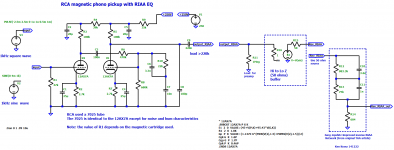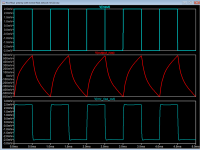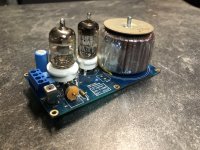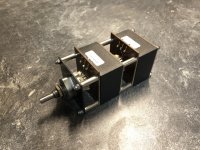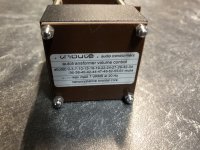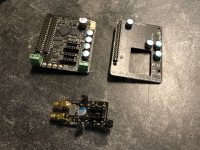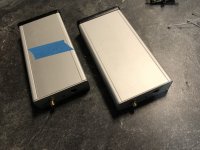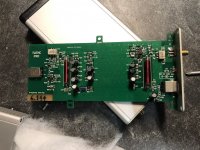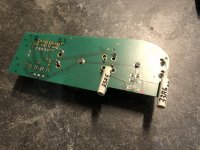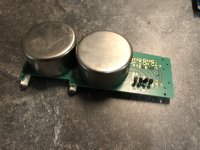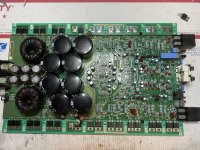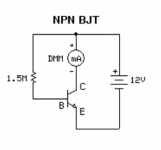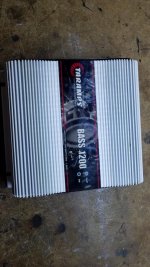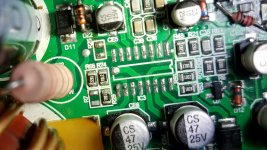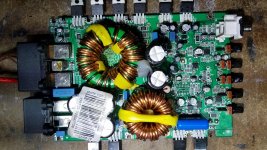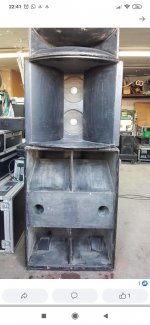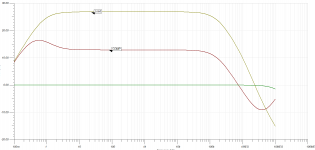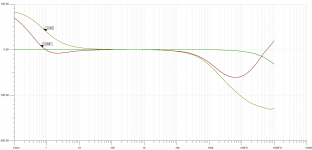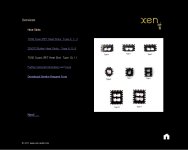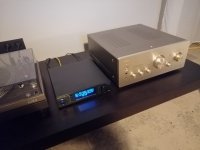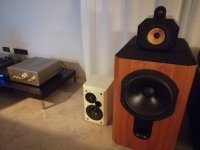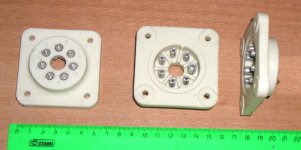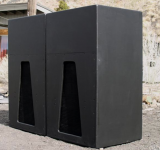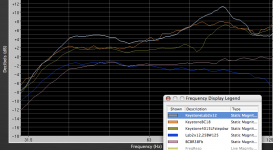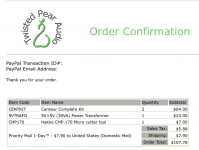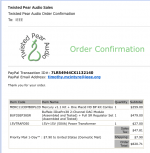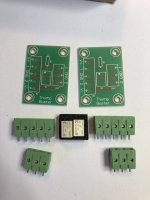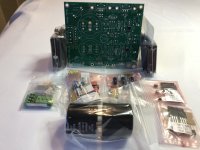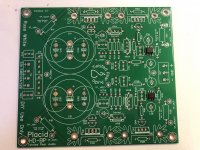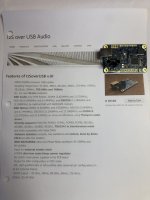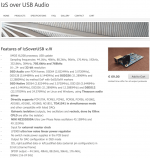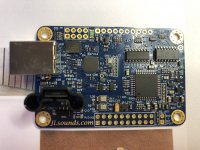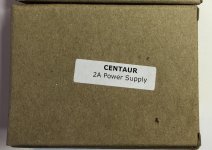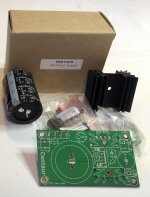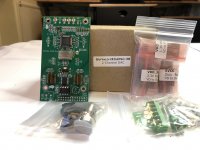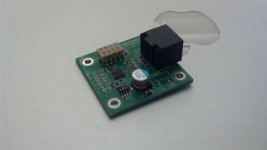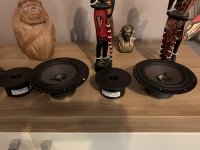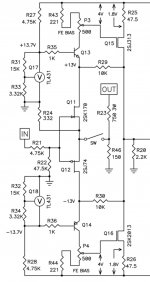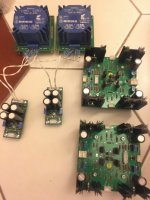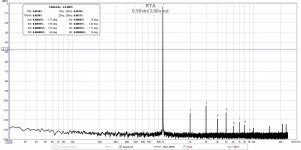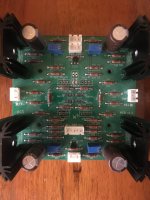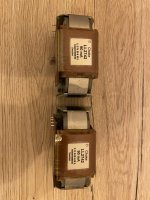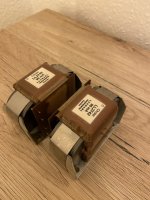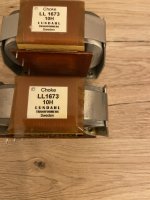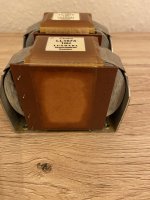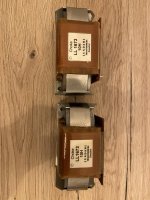Learning the basics of speaker cabinet design
- By RoboJ1M
- Construction Tips
- 50 Replies
Hi,
My names Jim and I'm just starting to learn the basics of speaker cabinet design.
Our first project is a man portable PA built into a British army bergen (rucksack)
I'm trying to get my head around calculating the dimensions of an ordinary sealed cabinet.
The drivers we will be using are here (PDF), because they're cheap, cheerful but come with a set of thiele small numbers.
I've used a calculator I found here (web page)
That worries me though because it's completely black box and is named as a designer for subwoofer enclosures. I don't know whether the maths is different for full range speakers.
Anyway, the bag minus batteries and amp leaves us with about 50liters of space for the cabinet.
Now, putting the numbers into that calculator get me a Qtc of 1.
So far I've read that you're supposed to aim for 0.707 but 0.5 to 1.2 is a usable range.
Unfortunately I don't have all the measurements and dimensions to hand, but I keep not getting round to making this post so I'm just taking the plunge.
Sound quality is not top priority in this project, it's just slightly behind:
1) Cost, apart from the fact nobody has much cash to throw around, the Mark 1 Noisy Bag is intended to be followed by more refined designs so we don't want to spend too much on something that will probably be just the first attempt.
2) Just Getting It Done. Seriously, we've been procrastinating for about 2 years now. It's time to get the hammers out.
3) And then sound quality, because there's no point in putting in all this effort/money if it's going to sound bad.
In fact it's really about striking a balance between all of the above 3 factors.
Speed, Quality and Cost.
Hmm, wait a minute, that reminds me of an old adage... ;-)
Anyway, I'll try to draw up and post some more details this evening (can I upload napkins and fag packets, back of? Does that work 😉 )
Anyway, thanks for reading the ramble.
J.
My names Jim and I'm just starting to learn the basics of speaker cabinet design.
Our first project is a man portable PA built into a British army bergen (rucksack)
I'm trying to get my head around calculating the dimensions of an ordinary sealed cabinet.
The drivers we will be using are here (PDF), because they're cheap, cheerful but come with a set of thiele small numbers.
I've used a calculator I found here (web page)
That worries me though because it's completely black box and is named as a designer for subwoofer enclosures. I don't know whether the maths is different for full range speakers.
Anyway, the bag minus batteries and amp leaves us with about 50liters of space for the cabinet.
Now, putting the numbers into that calculator get me a Qtc of 1.
So far I've read that you're supposed to aim for 0.707 but 0.5 to 1.2 is a usable range.
Unfortunately I don't have all the measurements and dimensions to hand, but I keep not getting round to making this post so I'm just taking the plunge.
Sound quality is not top priority in this project, it's just slightly behind:
1) Cost, apart from the fact nobody has much cash to throw around, the Mark 1 Noisy Bag is intended to be followed by more refined designs so we don't want to spend too much on something that will probably be just the first attempt.
2) Just Getting It Done. Seriously, we've been procrastinating for about 2 years now. It's time to get the hammers out.
3) And then sound quality, because there's no point in putting in all this effort/money if it's going to sound bad.
In fact it's really about striking a balance between all of the above 3 factors.
Speed, Quality and Cost.
Hmm, wait a minute, that reminds me of an old adage... ;-)
Anyway, I'll try to draw up and post some more details this evening (can I upload napkins and fag packets, back of? Does that work 😉 )
Anyway, thanks for reading the ramble.
J.
